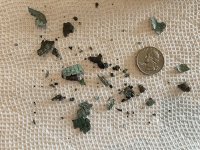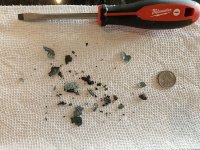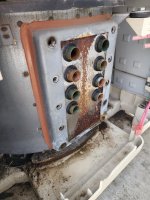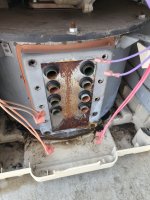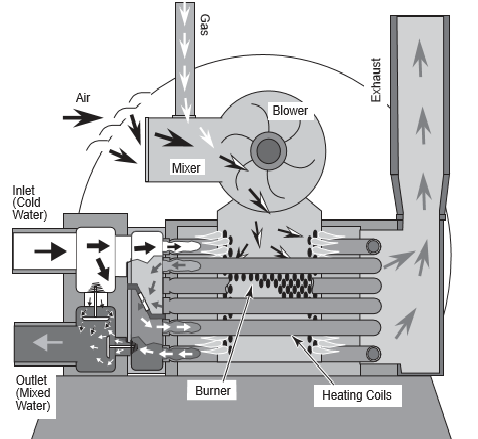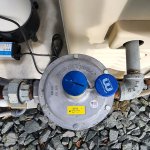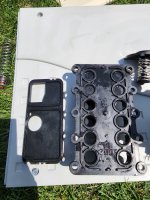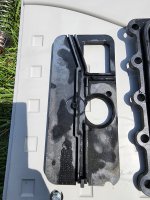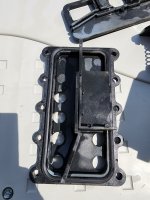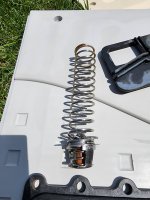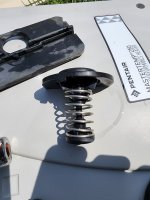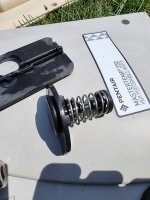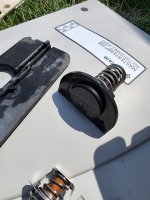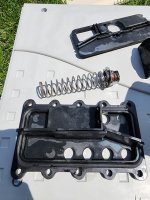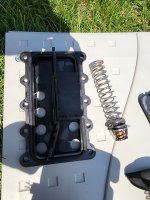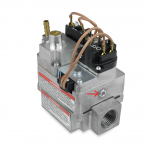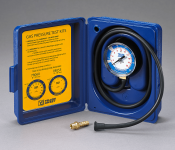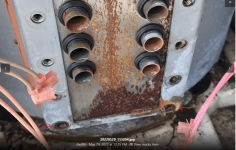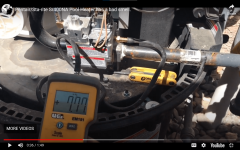My Mastertemp 250 was installed in the fall of 2016, and is on it's 6th swimming season. Last year I replaced the SFS, the Thermal Regulator, and the ignitor (mostly in part to the heater short cycling and the breaker tripping, two different issues that I had during the year).
This year after starting it up, it's short cycling again. I can set my watch by what's going on, it ignites for 15 seconds, stops for 35 seconds, and repeats. There's quite a bit of corrosion on the exhaust (and the landscape rocks below the exhaust), which I'm thinking is also in part to the short cycling last season and this season and condensation from low water temp and the cycling.
For troubleshooting, I started looking at the exhaust gas temp (by pressing the Pool button for 10 seconds). It never gets beyond 156, and from what I've read this isn't considered in the "normal" range. I've seen plenty on what can cause Exhaust gas temps to be high (and short cycling), but not much on what can cause them to be low. Any thoughts as to what would cause it to short cycle with a LOW exhaust gas temp?
I'm trying to determine if I'm just at a point where I pull the trigger on a new heater, or if I continue to replace parts on it. It functioned fine for the first 4 seasons, but has been having issues both last season and this season.
This year after starting it up, it's short cycling again. I can set my watch by what's going on, it ignites for 15 seconds, stops for 35 seconds, and repeats. There's quite a bit of corrosion on the exhaust (and the landscape rocks below the exhaust), which I'm thinking is also in part to the short cycling last season and this season and condensation from low water temp and the cycling.
For troubleshooting, I started looking at the exhaust gas temp (by pressing the Pool button for 10 seconds). It never gets beyond 156, and from what I've read this isn't considered in the "normal" range. I've seen plenty on what can cause Exhaust gas temps to be high (and short cycling), but not much on what can cause them to be low. Any thoughts as to what would cause it to short cycle with a LOW exhaust gas temp?
I'm trying to determine if I'm just at a point where I pull the trigger on a new heater, or if I continue to replace parts on it. It functioned fine for the first 4 seasons, but has been having issues both last season and this season.


